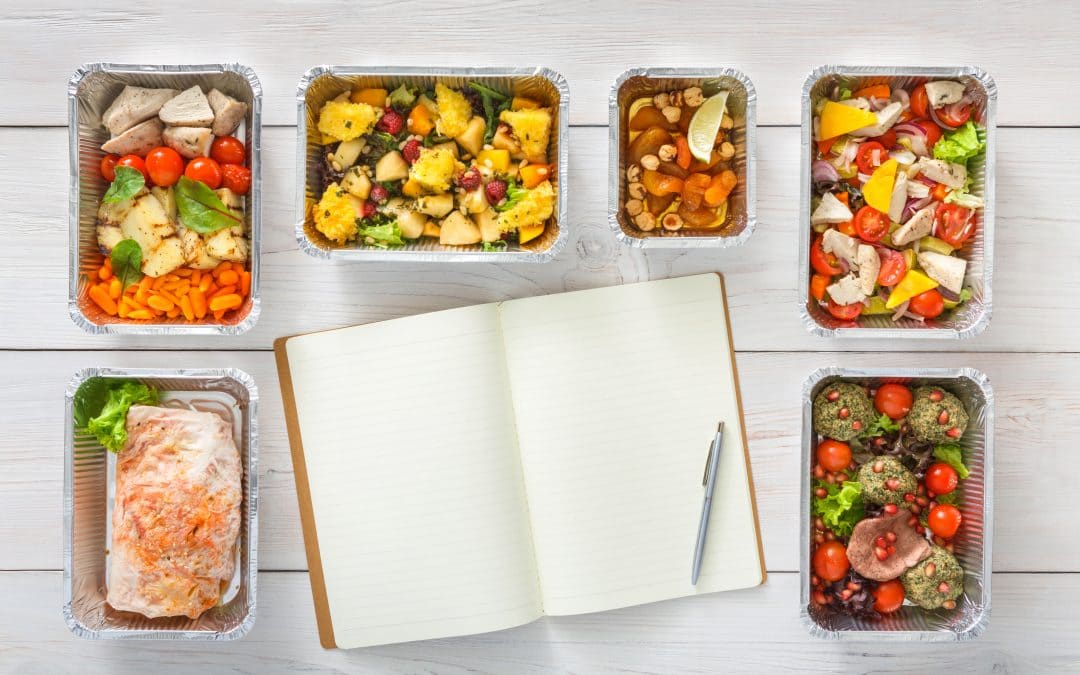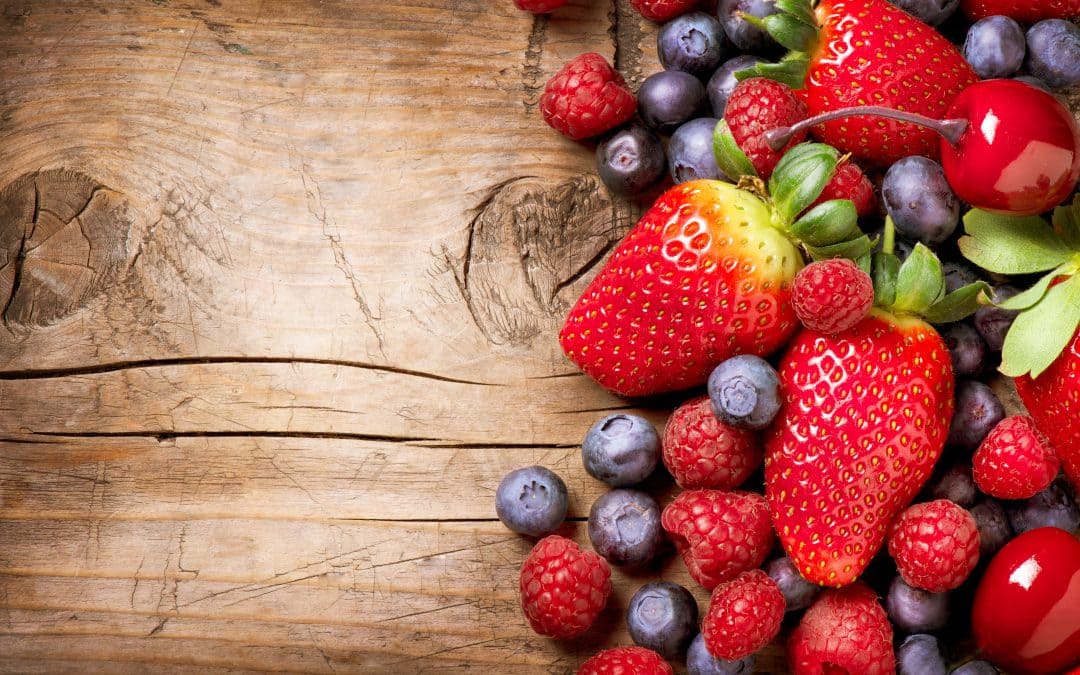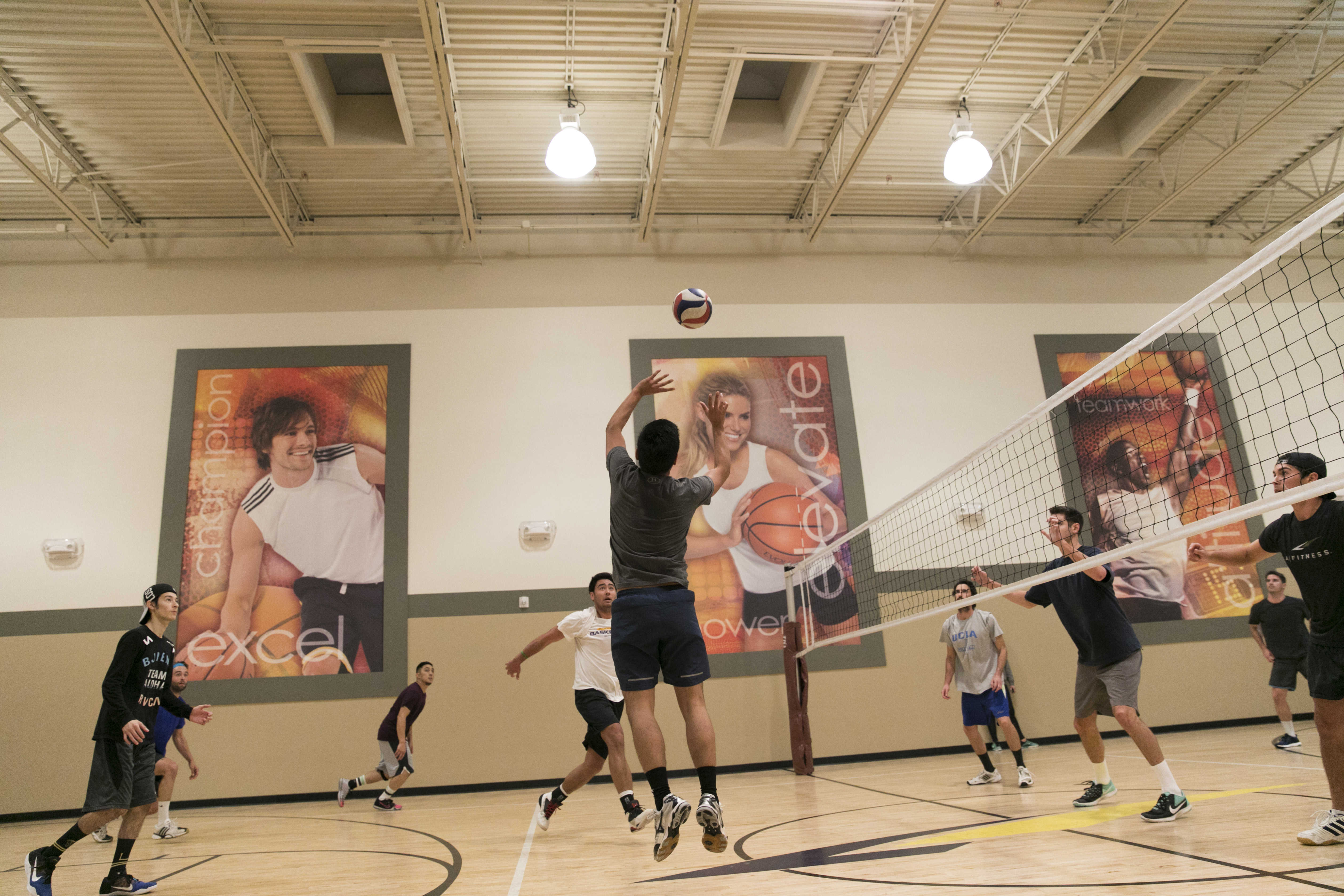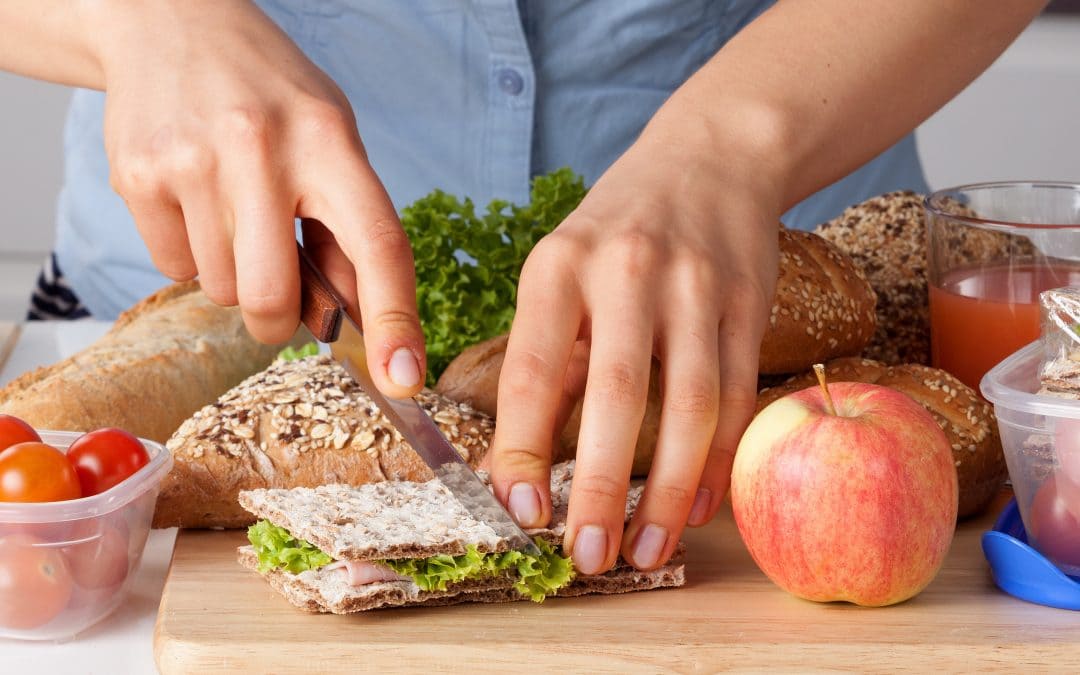Research shows that spending more time on each workout is more likely to help your cholesterol levels than changing the frequency or intensity of your workouts. Read on to learn more about how to manage high cholesterol and triglyceride with exercise.

What Foods Can Help Reduce My Cholesterol Levels? | Q+A
Question:
My name is Alicia, I just got my results from my blood work and I am not too happy. I go 5 to 6 days to the gym, do cycling, yoga, eat very healthy — no red meat, a lot vegetables and fruit and I just don’t understand why my cholesterol is too high (250). Can you give me any advice what to do to lower it down?
-Alicia B.
Answer:
Here’s what you can eat to help push your high cholesterol down:
Soluble fiber is known to reduce cholesterol levels. It ‘sticks’ to cholesterol molecules and traps them for removal with other waste from the gut. Oatmeal, beans, Brussel sprouts, flaxseeds and apples are good sources, to name a few. Many fiber-enhanced foods contain inulin, a type of soluble fiber. Eat at least 10 grams of soluble fiber per day to reduce harmful LDL cholesterol.
Soy protein from soybeans, tofu, soy milk and the like may modestly reduce LDL cholesterol, and it will take at least 25 grams per day (from whole foods, not supplements) for an effect.
In some instances, 250 mg/dl total cholesterol is okay. That’s when the beneficial HDL to total cholesterol ratio is 3.5:1 or lower. For you, that would mean at least 72 mg/dl of HDL.
Plant sterols/stanols are components of plants that help block the absorption of cholesterol.
They are found naturally in grains, vegetables, fruits, legumes, nuts and seeds, and added to functional foods, like certain juices and heart-healthy margarine spreads. You’ll need at least 2 grams of plant sterols or stanols for a cholesterol-lowering effect.
Omega-3 fatty acids (found in fish & fish oils, walnuts and chia seeds) reduce triglyceride levels, a free-floating fat not bound to cholesterol in the blood. They are also anti-thrombotic and anti-inflammatory to keep your cardiovascular system healthy. Consume fish at least 3 times per week and eat nuts or seeds daily.
Blood cholesterol reduction may not be achieved though diet and exercise alone. You can thank your genes for that! Some people simply have a greater liver production of cholesterol.
This article should not replace any medication, dietary instructions, or any other medical recommendations from your primary care physician. Before starting any exercise program or diet, make sure it is approved by your doctor.
In some instances, 250 mg/dl total cholesterol is okay. That’s when the beneficial HDL to total cholesterol ratio is 3.5:1 or lower.
For you, that would mean at least 72 mg/dl of HDL.
Plant sterols/stanols are components of plants that help block the absorption of cholesterol.
They are found naturally in grains, vegetables, fruits, legumes, nuts and seeds, and added to functional foods, like certain juices and heart-healthy margarine spreads. You’ll need at least 2 grams of plant sterols or stanols for a cholesterol-lowering effect.
Omega-3 fatty acids (found in fish & fish oils, walnuts and chia seeds) reduce triglyceride levels, a free-floating fat not bound to cholesterol in the blood. They are also anti-thrombotic and anti-inflammatory to keep your cardiovascular system healthy. Consume fish at least 3 times per week and eat nuts or seeds daily.
Blood cholesterol reduction may not be achieved though diet and exercise alone. You can thank your genes for that! Some people simply have a greater liver production of cholesterol.
References:
American Heart Association, National Cholesterol Education Program, National Heart, Lung, and Blood Institute
Want more? SUBSCRIBE to receive the latest Living Healthy articles right in your inbox!
This article should not replace any exercise program or restrictions, any dietary supplements or restrictions, or any other medical recommendations from your primary care physician. Before starting any exercise program or diet, make sure it is approved by your doctor.
Suggested Articles
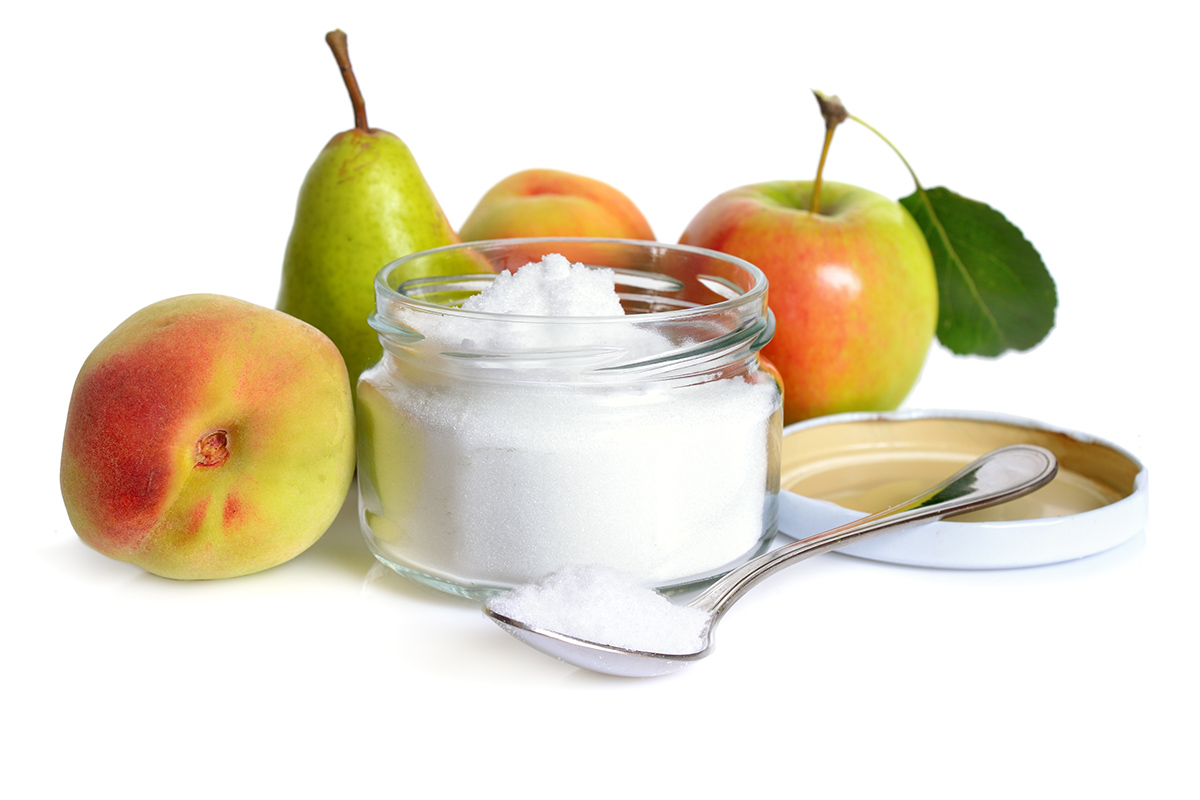
Is Fructose to be Feared? | QA
Debbie James, RDN, helps answer a reader’s question on whether fructose is as bad as table sugar (sucrose).
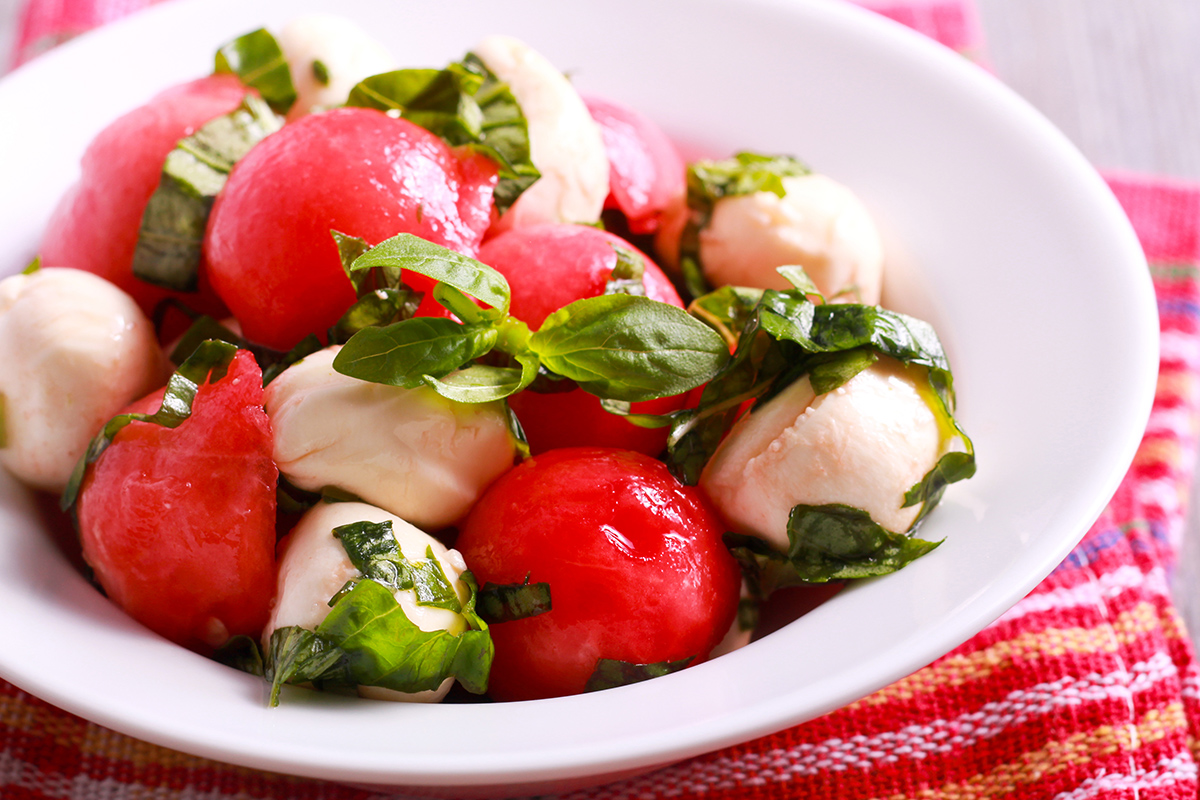
Diabetes and a Sweet Tooth for Fruit | QA
Debbie James, RDN, helps answer a reader’s question about whether the consumption of watermelon can be dangerous for diabetes.



